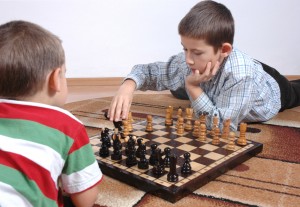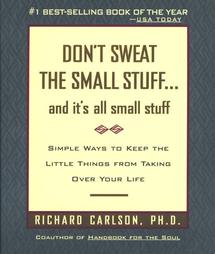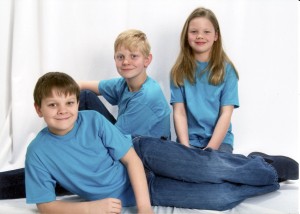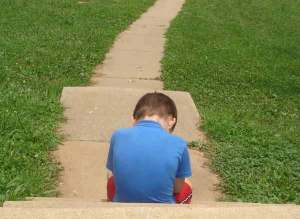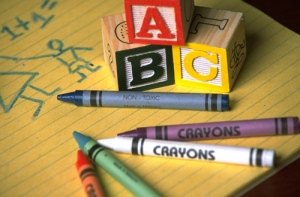What a difference 10 years can make. A world of difference in some cases…
I regret that I haven’t posted in a long time, but hopefully this post will more than make up for my long silence. May it bring you hope that there is light at the end of the tunnel…
It is not until I look back to those fraught days 10 years ago, that I realize just how far we’ve come. I wanted to take the opportunity to share with everyone the remarkable story of Greg’s growth, success and independence, to give hope to those families still in the midst of autism struggles. I would never have dared dream that today Greg would be such a self-possessed, independent and capable a young man. It truly brings tears to this proud mama’s eyes…
In the video below, I interview Greg again – 10 years after our first interview (The Boy Behind the Blog). You can see for yourself how much Greg has grown and developed and ‘what a difference 10 years can make…” (Read below for details about how this growth came about.)
Greg’s Story
Life has had its ups and downs in recent years, but mostly hummed along. Each year, Greg continued to struggle valiantly, gaining skills, self-control, and academic success in small incremental steps.
Greg graduated high school with honors in 2018, and while never a ‘success’ in the social or sports realms, he won numerous academic accolades, held a part-time job throughout high school and was well-liked and respected by the teachers and other adults in his life.
But a pivotal time came when Greg had an ‘a ha’ moment during his junior year in high school as he all-at-once developed social self-awareness. He was able to look at himself with new eyes – as his peers might see him. Suddenly, my years of guidance (to try to manage his tics and quirky behaviors to his ‘safe zone’ at home) gained meaning to him. He became motivated to become more socially savvy and was able to adjust his behaviors and social interactions accordingly. But, sadly Greg eventually concluded that it was too late in his high school career to change how his peers saw him – in their minds, he would always be that nice, but weird kid. Knowing that he was headed off to college shortly, Greg reframed his goals and decided that he would ‘remake’ himself at college, to start off fresh as the person he aspired to be: confident, out-going, successful and more neuro-typical.

And once Greg makes up his mind, he is dedicated to his task. (This is when a rule-based Aspie mentality is a huge advantage!) He read a great book, The Naked Roommate by Harlan Cohen (I highly recommend it for anyone heading off to college!), to prepare himself for various new situations of college life. He self-analyzed and figured out what about himself and his actions he wanted to change. He made up his mind to say ‘yes’ to new things as much as possible. As his mom, I was actually concerned that he would be putting too much pressure on himself – trying to change so much about himself, his living situation, his independence and his academics all at the same time. I even suggested that perhaps he consider tackling a few changes at a time, instead of a ‘big bang’ approach. But no, Greg was determined to become the new 2.0 version of himself.
To my amazement and great joy, Greg truly rose to the occasion. He adapted to college life very well, including living with a roommate for the first time in his life. He made friends, joined clubs and socialized. He became very independent, with only our Sunday night video chats (mostly for MY benefit, not his!) to check in. He found being outside his comfort zone to be exhausting initially, but he continued to force himself to say ‘yes’ to new opportunities as much as possible, and eventually began to enjoy the social side of life. There were some bumps along the road, but his confidence continued to build and by the end of the first semester, Greg took on leadership and volunteering roles, all while maintaining his Dean’s List status and a part-time on-campus job throughout his freshman year. (If I sound like I’m bragging – I AM! I am super proud of his hard work and accomplishments!)

Next, fast forward to his sophomore year…in July of 2019 we sent Greg off on HIS OWN (yes, you read that right!) for a semester abroad in Chile, South America – not knowing a single other person – to live with a non-English speaking host family! Greg was nervous to be so independent, but very insistent that he wanted to experience life abroad and become more proficient in Spanish. With great trepidation, we said goodbye at JFK Airport and sent him on his way to the other side of the globe for the next five months…
I’ll let Greg tell you about his fabulous experiences in Chile himself in the video, but suffice it to say that it was an experience of a lifetime. His personal growth was remarkable – plus he is practically fluent in Spanish now!
Greg still has two more years of college before he formally strikes out on his own, but he already has a fantastic internship with one of the Big Four accounting firms lined up for summer 2021. I am sure there will be some rocky times ahead, but I am confident that Greg has the ability, skills, resilience and strength to navigate those potholes successfully – to build a life full of joy and fulfillment. There is light at the end of the tunnel…


